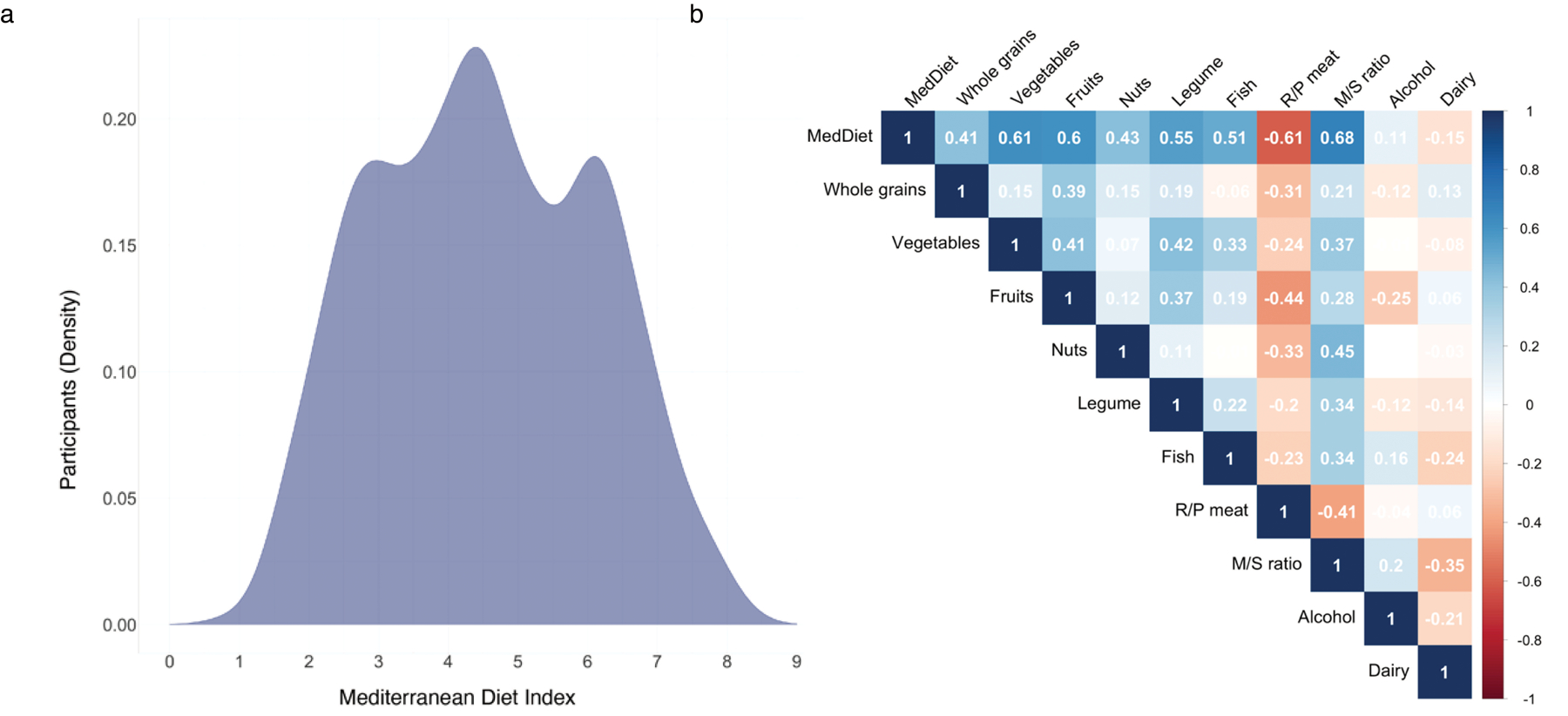Extended Data Figure 1: Mediterranean diet index and its individual components.

(a) Distribution of the Mediterranean diet (MedDiet) index in the study population. Each participant’s adherence to the MedDiet was evaluated by a 9-dimensional MedDiet index (Supplementary Table 2 and Methods) as previously described24,36,78. The total MedDiet index ranged from 0 (non-adherence) to 9 (perfect adherence). The index was based on the intakes of 9 items: vegetables, legumes, fruit, nuts, whole grains, red/processed meat (R/P meat), fish, alcohol, and the ratio of monounsaturated to saturated fat (M/S ratio). Participants who had a higher adherence to MedDiet consumed more beneficial components of the dietary pattern, including whole grains, vegetables, fruit, nuts, legumes, fish, monounsaturated fats (at the expense of saturated fats) and moderate alcohol drinking, but less red and processed meat, a detrimental component of the MedDiet index. (b) Correlations between the MedDiet index, its individual constituent food and nutrient contributors, and dairy food. Values in the figure are partial Spearman correlation coefficients with adjustment for total energy intake. As expected, the composite MedDiet score was positively correlated with “healthy” contributing factors, negatively correlated with “unhealthy” factors, and, importantly, not dominated by any one component.
